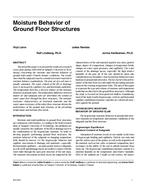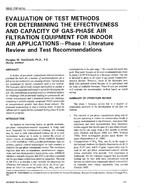There are many kinds of knowledge required to develop new and improved major appliances. One of the most important, human factors, deals with the people-appliance interface. Human factors is a discipline that has used many names to describe itself, and even today there is not complete agreement on a title. In Europe, ergonomics is the most frequently used term. Early work in the United States was called human engineering — although this name is less popular now. This may be because of the joke that “human engineers try to engineer people.”
The source of this humor is a legend about the first “human engineer.” There was an ancient Greek highwayman named Procrustes who delighted in torturing his victims after robbing them. His favorite torture device was an iron bed of fixed dimensions. He found he had a problem with this bed. People often did not fit. His solution was to “engineer” his victims to fit the bed by stretching the short ones on a rack, and cutting the tall ones down to size with a guillotine.
Today, human engineers, human factors specialists, or whatever they are called, attempt to insure that a product is designed so that people — as they are — can effectively use and maintain the equipment. Expecting people to change very much is usually not the best solution.
Product Details
- Published:
- 1975
- Number of Pages:
- 4
- File Size:
- 1 file , 330 KB
- Product Code(s):
- D-BO-75-04-1
- Note:
- This product is unavailable in Russia, Belarus


